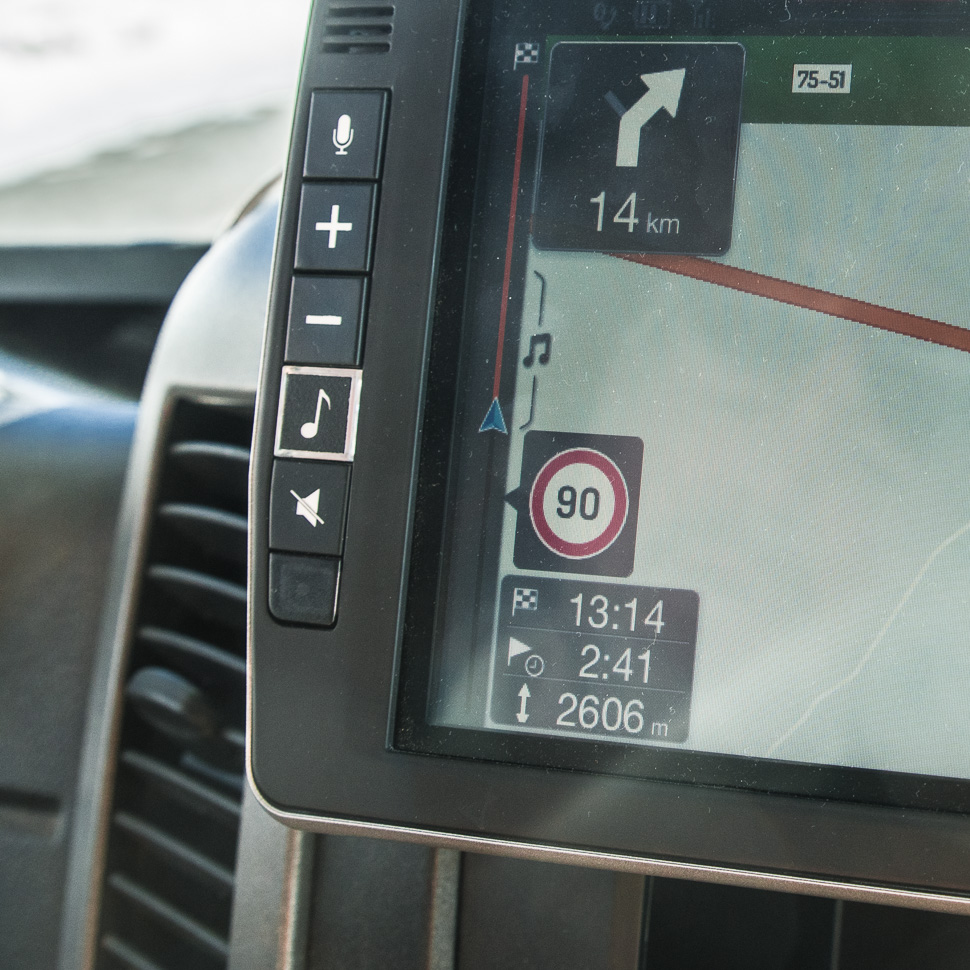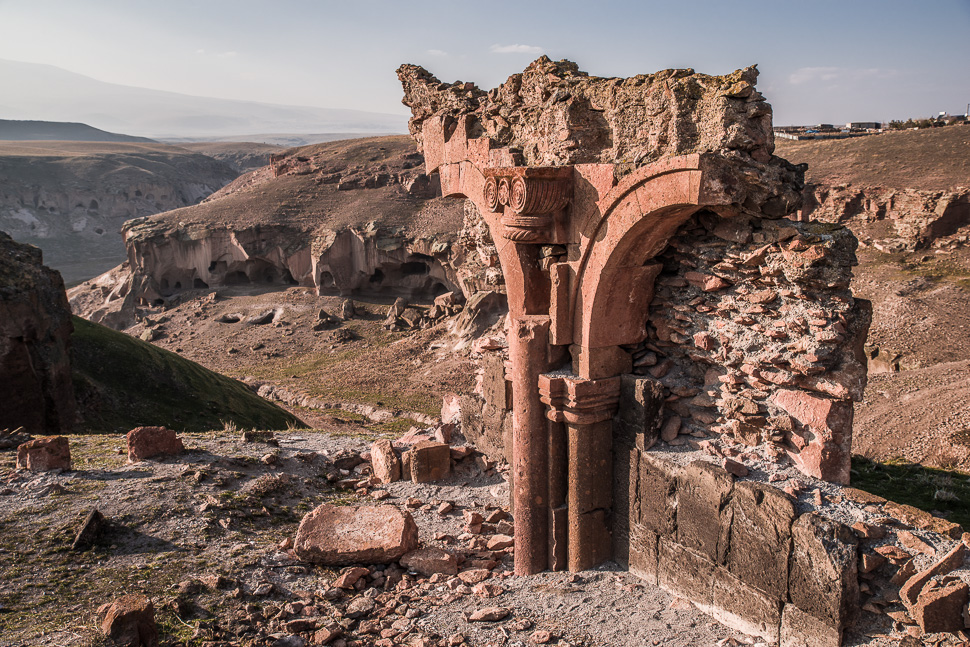
From Hopa/Turkey, at the coast of the Black Sea, we drove inland along reservoirs and through valleys, until we traversed a pass at 2,600 metres, before we reached a high plain where Ani, the Medieval capital of the Armenia Kingdom, lies directly at the border to Armenia.





The city, which experienced its golden age during the 10th and 11th centuries, was able to maintain its importance during the Byzantine, Seljuk, and Georgian sovereignty as an important hub for merchant caravans. It wasn’t until 1319 that the city began to loose its splendour due to a Mongol invasion and an intense earthquake. After changing hands several times, Ani became part of the Ottoman Empire in 1579. A small town continued to exist within Ani’s walls until around the 17th century, but it was entirely abandoned by 1735 when the last monks left.

Ani lies on a secluded triangular plateau overlooking a deep narrow valley that today forms the natural border with Armenia. The 1,5 km long double city wall has three city gates, all of them flanked by towers. The huge wall protected the city to the North, on the other sides the deep ravines were a natural protection.


Where once a bustling city spread, it’s now an open landscape with only few ruins left, but somehow you can feel the history of this town and easily imagine its size and importance.







King Gagik’s church of St Gregory was built between 1001 and 1005 but was destroyed by an earthquake shortly afterwards.









The Cathedral of Ani was finished in 1001 by Armenia’s most celebrated architect, Trdat. It is one of the largest still standing buildings in Ani. We were impressed by its dimensions.

The cathedral is associated with early examples of Gothic architecture and might have influenced the great cathedrals of Europe of early Gothic and Romanesque styles. Its ribbed vaulting would not be seen in European cathedrals until at least two centuries later.






The Church of St Gregory, finished in 1215, is the best-preserved monument at Ani. It was commissioned by the wealthy Armenian merchant Tigran Honents. The exterior of the church is spectacularly decorated. The interior contains important and unique frescoes.




We were really impressed by the dimensions of Ani. Even as there is not much left, you can imagine what a big and important city it once was.
We will now travel further south along the Armenian border to Dogubeyazit, near Mount Ararat – will we see this mighty mountain again? We hope so very much! More on our next post!!
